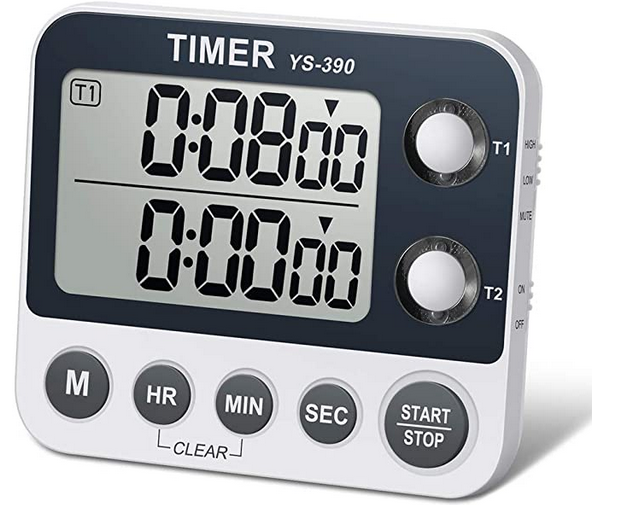Since the pandemic hit the states back in February this year, I’ve been working remotely from home (such a blessing and a serious privilege). Working from home underscores the importance of time management, especially for someone like me who can either deeply fall into work mode for hours and hours (never breaking eyes away from screen) or scroll mindlessly on websites like Hacker News or Reddit. The former melts my mental health and the latter kills my productivity.
So to avoid either scenario — working too long or not working at all — I employ a Pomodoro technique1. The pomorodoro technique, which I picked up years ago when taking Learning How to Learn Course on Coursera, was invented in the early 1990s by Franscesco Cirillo. The basic premise is this: you set a timer for 25 minutes and work deeply for those 25 minutes. Once the alarm sounds, you break. The idea is that the technique improves your focus and promotes giving your brain some time off to relax.
So how do I use the Pomorodo technique in practice? What does it look like?
I use a kitchen timer, the TIMER YS-390 to be specific. This model hits all of my own personal requirements. The device has a dual count timer. I set the top timer to 50 minutes (my personal period of deep focus) and the bottom for 10 minutes; the 10 minutes is my grace period, allowing me to ease into my work (basically I cut myself some slack here). In addition to the dual timers, the alarm’s volume can be adjusted: no sound, low, high. I typically set the volume knob on low as to not frighten my daughter awake when she’s sleeping (my dentist’s rule: never wake a sleeping baby). And finally, the third feature I love is the physical cue. When either of the timers hit zero, the little button begins flashing red like a cop car. This makes it difficult to ignore and I find it really forces my eyes to break away from the screen.
So what happens when the timer sounds the alarm? I start by silencing it, hitting the silicone start/stop button, stepping away from the computer and if I’m lucky enough, take a 5-10 minute break with either my baby daughter (who is growing up way too fast) or wife or dogs (or if I’m really lucky, all four of them). This break, is also no exception, but instead of using my TIMER YS-390, I set a countdown alarm on my G-Shock watch.
Do I always break at the very moment the alarm sounds?
No. Sometimes I find that I’m really in the flow (for work or for graduate school or for writing on this blog) so what I do instead is quickly press the bottom right button, resetting the 10 minute timer. This allows me another grace period of deep work. It’s okay to not be so rigid and cut yourself some slack.
References
- Pomorodo Technique
- Learning how to learn course by Barbara Oakley
- Amazon – Timer YS-390 (I stripped off the unnecessary query string parameters to limit tracking)
